I have an array of dataframes, all with the same colums. I would like to automatically plot a different line for a specific column for each of this dataframes. Something like:
plot(array[]$time, array[]$data)
is something like that possible, or do I have to loop each dataframe and add a line() for each dataframe?
Edit
I beg your pardon, in fact what I created is a list.
Basically I have two tables, connections that list different TCP conections informations:
src | src_port | dst | dst_port
and probes that contains timeseries data regarding packets and data transmitted:
timestamp | src | src_port | dst | dst_port | packets | bytes
So to plot the timeseries of all the different connections, I created a list of dataframe subsets, like that:
connection <- vector(mode='list', length = nrow(connections))
for (row in 1:nrow(connections)){
connection[[row]] <- subset(probes, src == connections[row, 'src'] & src_port == connections[row, 'src_port'] & dst == connections[row, 'dst'] & dst_port == connections[row, 'dst_port'])
}
What I want to obtain is to plot all these subset having in the x axis the timestamp and in the y axis the bytes, considering a different timesries for each connection.
I hope I better clarified the problem now.
